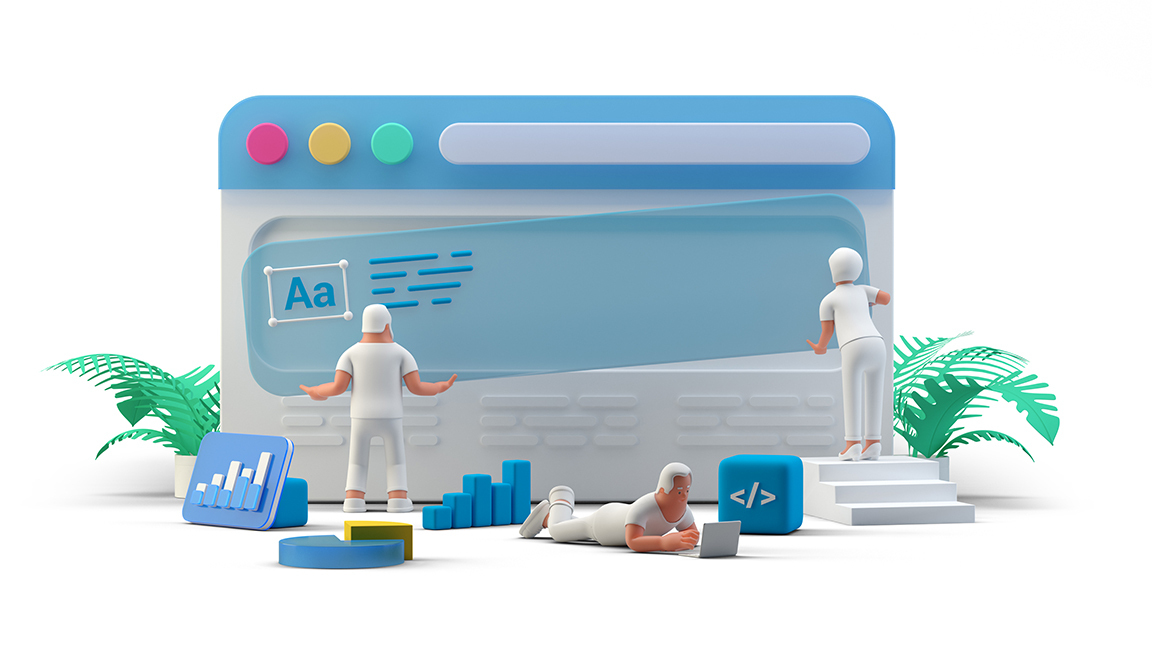An ever-increasing number of businesses rely on an app or website to connect with their customers. Now more than ever, users get their first impression of your business through a digital platform. It’s a given, then, that your customers’ experience using your site should be at the top of your business’ priorities because customer satisfaction generates more revenue for your business. In this article, we’ll explore how investing in good UX leads to increased revenue for your business and ensures your viability for the future.

The Benefits of User Experience Design for Your Business
Top Benefits of User Experience Design
1. Thoughtful UX makes it easy for users to buy from you
One of the most important aspects of good user experience (UX) design is that it enables your users to complete their tasks by tailoring your website or mobile app to your audience’s needs. UX designers do this by taking users' actual feedback and applying it to the website design to make it intuitive and easy to navigate. If you can make it easy (or even fun) for your customers to achieve their goals, they’ll be a lot more likely to pay more up front or use your service again. How much more might this impact sales? A recent study by the Design Management Institute revealed that design-driven companies have outperformed the S&P by 228% over the previous ten-year period.

Why is it that we’ll visit one website over another even though they offer the same general content, products, or services? Chances are, it’s because of the site’s design. In fact, 75% of people judge an app or website’s credibility based purely on it’s aesthetics according to a report published by the University of Surrey. This goes beyond the images or text on a site (content) to include how people interact with the onscreen elements. Intuitive navigation, Calls To Action, and on-screen animations all provide a more delightful experience for the user. An intuitive and engaging interface, built according to the needs of your audience is more likely to boost conversion rates.
Budgeting for UX design in tandem with a site’s development leads to increased revenue down the road and prevents you from wasting resources or spending unnecessarily. Business analytics firm Forrester found that, on average, every $1 a company invests in UX leads to a return of $100. This is because sites built around solid UX principles are easier to use, making it easier for your users to achieve their goals, regardless of the industry.

Further, it’s been shown that spending just 10% of a development budget on usability can improve conversion rates by 83% (Nielson Norman Group). Utilizing UX strategies like prototyping and user testing in the development phase safeguards you from spending exponentially more to fix preventable problems following your website’s launch. The more you can do to ensure your site’s usability up front, the better. Taking the initiative to build your app or website around the best available knowledge of your audience dramatically increases your business’ chance for success.
Because a majority (67%) of customers say they’ll pay more for a product if they can have a better experience making the purchase, it’s important to know how your users define those experiences. Typically, good UX design aims to reduce the number of steps it takes to complete a task. This could be anything from buying a pair of shoes to applying for a job. It matters because a user's willingness to follow through with their task decreases as the number of clicks that are required to complete that task goes up. Using Calls To Action (commonly called CTAs) are another key way to boost conversion rates. This can be as simple as a prominent button with encouraging text (“contact us” for example). CTAs help focus people’s attention, especially as they’re skimming through content on your site. More than 90% of people who read your headline also read your CTA, in part because they’re a lot more easily digestible than an article. CTAs also help to remind users of the purpose of your site or app and give them an easy way to fulfill that purpose.
Incorporating UX design principles as early as possible into your site’s development is well worth it in the long run. Because your customers are largely guided by their emotions, it’s important for your business to be able to connect with them on that level. UX design principles aim to do just that. They provide insights around “why” users feel the way they do in addition to how they interact with your site or app. Investing in UX means taking a user centered approach to developing your digital presence. It yields higher returns, and saves you from having to guess what your customers expect from your site.
